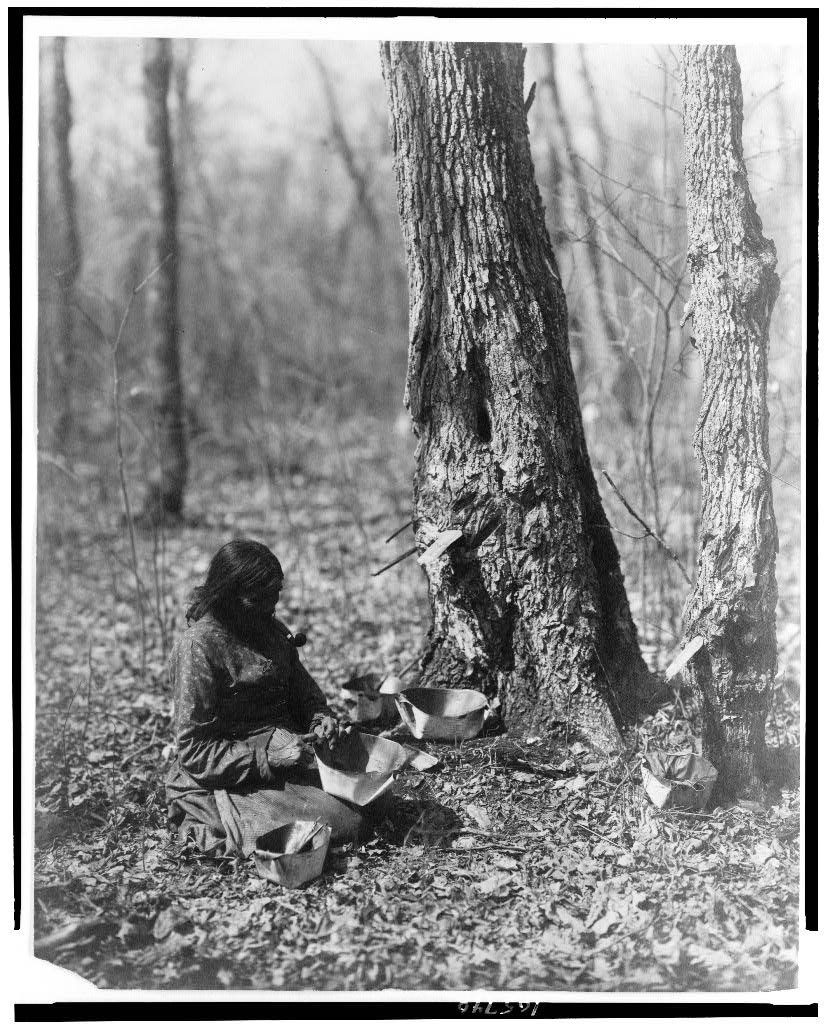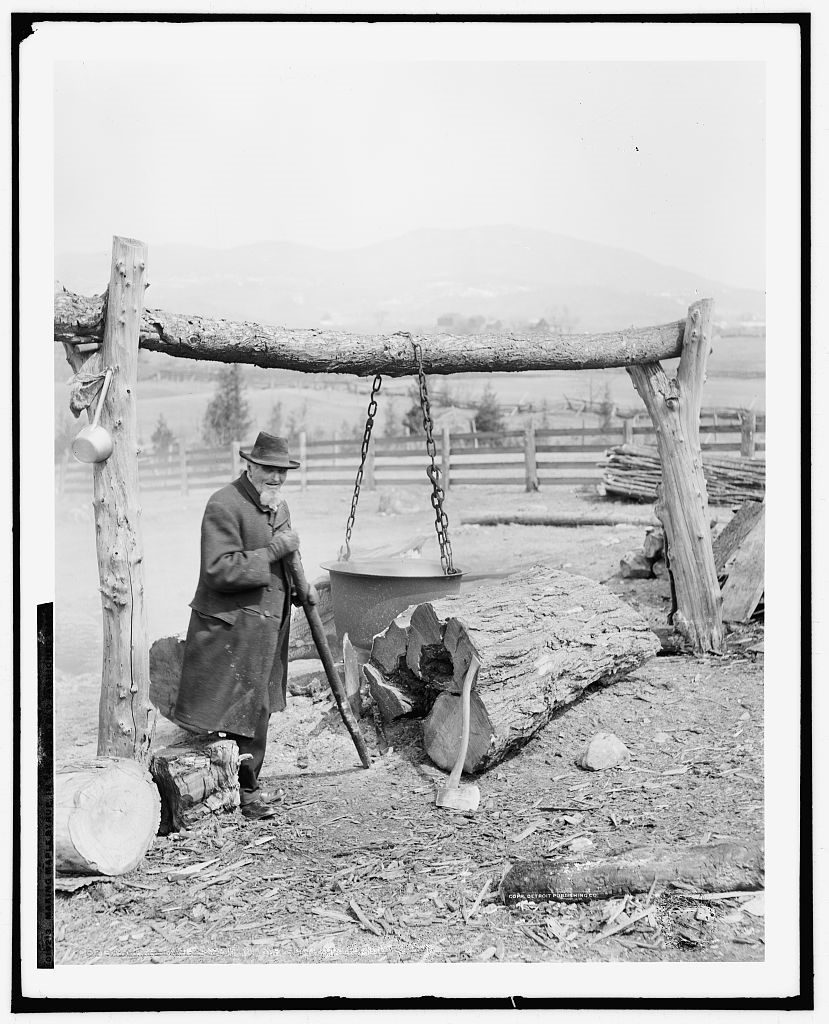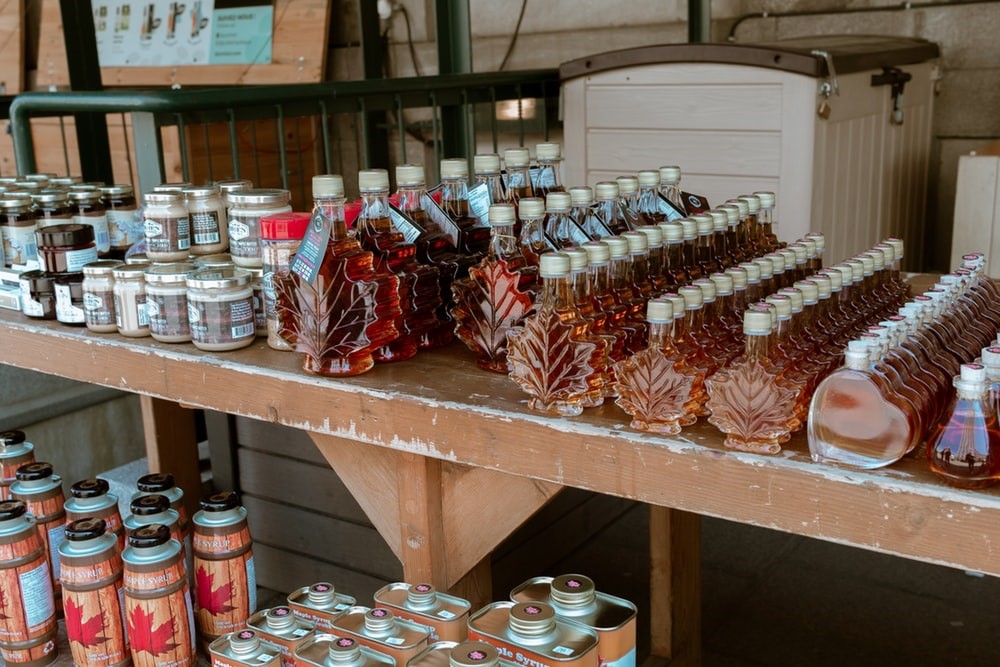December 17th is recognized as National Maple Syrup Day, and we have to admit, we’re not mad! With the holidays approaching, maple syrup makes a great addition to breakfast foods, sweet treats, and more! But what is in maple syrup, who discovered it, and why do Americans increasingly prefer the fake stuff vs. the real stuff? We decided today was the perfect day to dig into the long history of one of North America’s native treats.
The Beginning
The true origins of making maple syrup (or maple surging, as it’s fondly known) are actually steeped in legend and American folklore. While many indigenous people practiced the art, there is no definitive story of how it truly came to be. However, there are a few legends and tales.
According to The Michigan Maple Syrup Association, there is a legend that has many similar variations. In the original, Prince Glooskap found his people lazily drinking maple syrup right from the trees, instead of working, as the Creator had made life very simple at this time. As punishment, he added water to the syrup and made the sap only available in spring. Now, people would have to boil the water out of the sap to get the syrup, creating more work for their laziness. A similar story, but from the Chippewa and Ottawa tribes of Michigan states says that the god NenawBozhoo cast the spell, vs. the creator.
In a completely different legend, recorded in The Atlantic Monthly’s April 1896 issue, a woman named Moqua was cooking moose for her husband Woksis. When her boiling pot ran out of water, she refilled it with maple sap. The boiled-down sap formed syrup in the pot.
The last legend that tells of a chief who threw his tomahawk into a tree. The tree began to drip with sap. This sparked the idea for his wife to cook meat in the sap. The final result was a delicious syrupy meal. It is said that this chief was the first to use the word Sinzibuckwud which means “drawn from trees”, the word many Native people used for syrup.

While these might just be part of a myth, we do know how Native Americans would gather their sap. According to Michigan State University, “to get maple sugar, Native Americans put the sap in wide, shallow bark vessels and left it out to freeze. This would separate the water from the sugar, and they would then remove the ice. As time went on, new and improved ways to process maple sugar emerged. Native Americans started building “sugar bushes” where they would boil the sap with hot stones. When European settlers arrived, they boiled sap over an open fire to make syrup.”

Today

While there have been many innovations in the production of true maple syrup, it still is very labor-intensive and costly. These are some of the reasons artificial maple syrup (think Aunt Jemima or Mrs. Butterworth’s) have become so popular. To compare, it takes about 40 gallons of pure maple sap to make true maple syrup. The fake stuff is mostly corn syrup.
According to The Washington Post, Americans overwhelmingly prefer the fake stuff to the real stuff. This is likely due to the cost barrier of true maple syrup. “A gallon of Mrs. Butterworth’s will set you back just under 8 bucks at Wal-Mart. A gallon of the real stuff, on the other hand, typically retails for anywhere from $40 to $60. The labor-intensive process of collecting and boiling down all of that sap is the reason the price is so high.”

If possible, it is better to switch from artificial syrup to real maple syrup. Most fake syrups have corn syrup as it’s base. In a study published in The American Journal of Clinical Nutrition, consuming high-fructose corn syrup may lead to weight gain and obesity. This is likely because fructose is processed differently in your body than other sugars, and does not stimulate insulin secretion (HealthyEatingSF). But sugar is still sugar, and it is important, no matter your choice, to limit sugar intake for a healthy diet.
If you do have a choice, we urge you to go authentic. When you do, you support the maple syrup makers of Vermont, Michigan, Canada, and more in not only their art form but in preserving the history of North American Native cuisine. You are supporting an ecosystem of artisans that will ensure that this process will live on. And you will ensure that National Maple Syrup Day will be celebrated for years to come.
 Food
Food Farmers
Farmers Sustainable Living
Sustainable Living Living Planet
Living Planet News
News